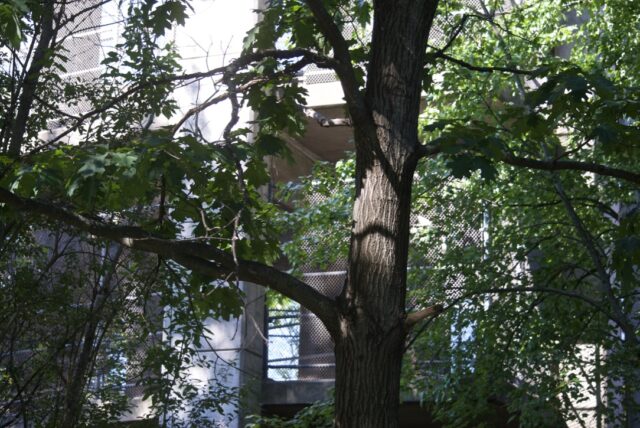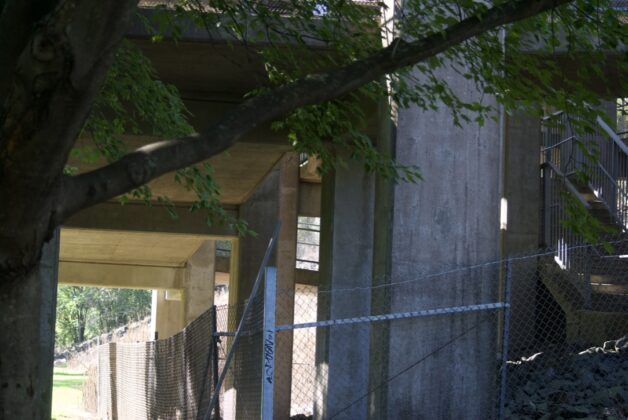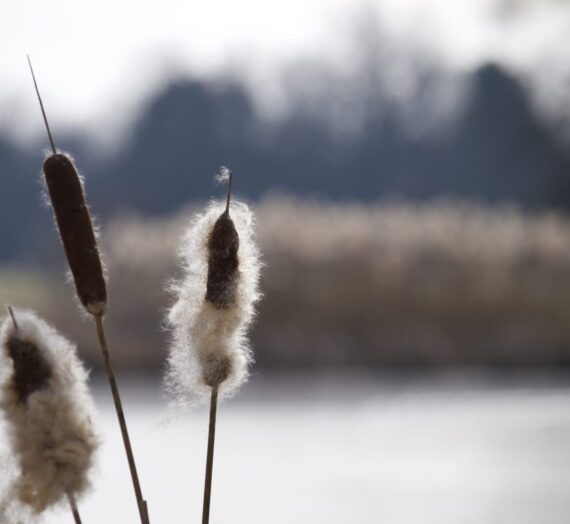FUN FACTS ABOUT THIS OVERBUILT MONSTROSITY AND ITS ENVIRONS
- The plan in 1977 was to tear down a pedestrian bridge so that I-91 could be widened. Instead of replacing the pedestrian bridge, it was thought that throwing money at Hartford’s north neighborhoods would be enough, as if building another pool was somehow equal to connecting residents with natural, flowing water. The amount of compensation would have been $1 million. [Adding lanes does not reduce congestion. It never does. That hasn’t stopped people from insisting things will work differently each time they do it though. I-91 was intended as a replacement for Route 5. Both remain congested today.]
- Talk of lowering I-91 in part of Hartford went back to at least 1979, though this did not happen until decades later. Richard Suisman, who was the head of CRCOG’s Transportation Committee and the Democratic Majority Leader, was quoted in the Courant as saying: “widening I-91 is the single most important physical thing we can do for economic development.” He wasn’t opposed to lowering part of it, but saw making it wider as the thing to focus on because capitalism. Even then, it was known by at least some people that expanding the highway would remove land for housing in downtown Hartford and reduce access to the river for those living in the city’s neighborhoods. Not everyone ate up the idea of highway expansion regardless of cost. Adding parking and widening roads has never created lasting economic development.
- After I-91 was installed, Riverside Park was described as being in disarray and nearly abandoned because it was so hard for residents to access. The bridge before the current one was repeatedly described as “rickety,” with 50 stairs a person needed to climb in order to reach the park. Today’s has ramps in addition to stairs, allowing people who are biking or rolling — or unwilling to make steep ascents — more access to one of the few parks not dominated by playing fields.
- Construction on the current walkway stopped traffic on I-91 for 15-minute intervals between midnight and 10 AM on one day in 1989 — noteworthy as one of the few times drivers have ever been actually inconvenienced for pedestrians and cyclists. Possibly those disruptions lasted longer, but I confess to not having ready every single weekly construction report listed in archived papers, though the ones I skimmed made no other mention of the pedestrian bridge.
- Within just a few years of the 91 widening and creation of the 84/91 interchange, there were questions about how to manage traffic. The most forward thinking of the time was congestion pricing for the new HOV lanes, with an EZ-Pass giving free use to carpoolers. I have a thought about this for another time . . . but it has to be said: how often are amenities for pedestrians threatened or denied because they will interfere somehow with LOS, and then exactly this happens — the “improvements” turn out to be not so hot anyway?!
- The idea of a more attractive and accessible (in one way) pedestrian bridge has been floated out in Hartford400. RiverLink would begin at Pleasant and Market Streets, so one block closer to Downtown rather than to Hartford’s north neighborhoods. The current location can be reached by those arriving on one of four bus routes (34, 36, 38, 905), and the proposed would be one block away from bus stops. The entrance would be more visible, rather than tucked in the back of a creepy surface lot that seems off limits, and then end closer to Riverside Park’s boathouse, rather than where the current exit is, a bit out of the way of most visitors in the park. The RiverLink write up in Hartford400 says: “the existing bridge’s institutional, not to say penitentiary, appearance is inappropriate and unacceptable as a river gateway for the North Hartford community.” No idea what the price tag on this would be, but if they can find money for ongoing highway nonsense, they can find the money for this. [Speaking of penitentiaries, I didn’t see any mention of eliminating the Juvenile Detention Center from the heart of Frog Hollow as a goal for Hartford400, but maybe someone better at searching documents can point me to where this is written.]

Climate Possibilities is a new series about climate mitigation, along with resilience, resistance, and restoration. It’s about human habitat preservation. It’s about loving nature and planet Earth, and demanding the kind of change that gives future generations the opportunity for vibrant lives. Doomers will be eaten alive, figuratively. All photographs are taken in Hartford, Connecticut unless stated otherwise.


